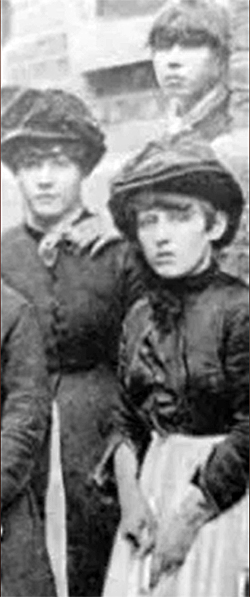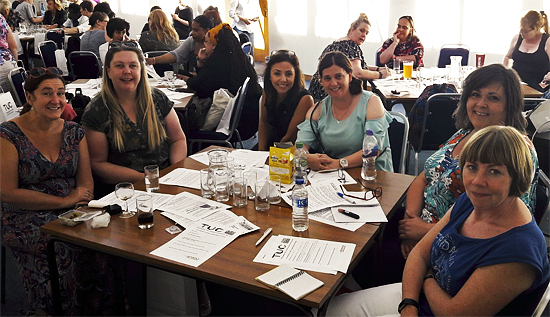Lessons can be learned from working people's history and should never be forgotten.
So it is with one historic fight by women workers well before anyone was talking about equality at work and when health and safety at work wasn't dismissed by the public. As such, these women workers were among the bravest of their era. Perhaops we can learn from them in 2020!

 Here Beverley Kenyon Bootle Financial Services gives the background to what is now part of the forgotten history of women workers fighting for their rights to hav ea safe working conditions.
Here Beverley Kenyon Bootle Financial Services gives the background to what is now part of the forgotten history of women workers fighting for their rights to hav ea safe working conditions.
The Match women workers strike in the east end was a history changing event in women's trade unionism. After this historical strike their developed a new unionism, and trade unions were no longer actively closed to women. In fact women workers at Manningham Mill in Bradford with similar issues went on strike.
The strike was over wage reductions year after year and health safety. The health and safety issues were lack of breaks and Phossy Jaw. This condition was caused by phosphorus discovered in 1669.
This health condition was fatal and very painful and debilitating. Charles Dickens referred to it as well, “The evil of matchmaking ".
Anne Besant quotes the conditions as "White slavery".
Match making employed:
4,152 people of which 2,015 were adult women and 1,067 girls aged 14 to 16.
The industry was dominated by various forms, Bryant & May become principal one by 1880.
The strike started in July 1888 by 1,400 women and girls employed by Bryant May and lasted two weeks.
There is a closed link to the Match women , the London Dockers and Irish London as they lived and worked in the same area and married each other and raised families in the East end. The suffragettes did support the women but some did not like them as they came from a low class, and uneducated.
The women formed a union committee: Sarah Chapman, Eliza Martin, and Mary Driscoll were just three women from the committee. Mary Driscoll had a shop in Parnsham Street in 1920. Sarah Chapman became part of the TUC and spoke in Liverpool on a Truck motion.
Let’s not forget every one of these 1,400 women. I would like to thank them for giving me the freedom and right to become a union rep and continuing their work.

TUC Women - 150 Years Celebrations: made possible by generations of women workers
Source: C Ingram (photo) / Matchwomen Memorial facebook /
Striking a Light Louise Raw Bloomsbury /
East End History Club